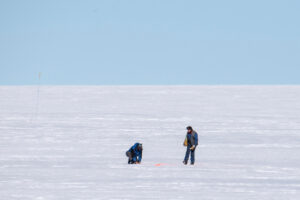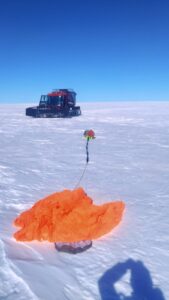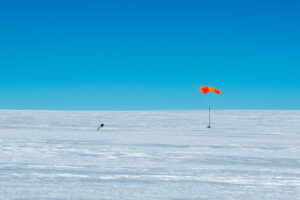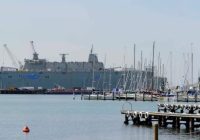The Australian Maritime Safety Authority (AMSA) has successfully completed the first flight of an AMSA Challenger rescue aircraft to Antarctica, capping off work to increase the range of AMSA’s aerial search and rescue capabilities.
As part of the trial, the Essendon-based AMSA Challenger rescue aircraft undertook a supply drop to researchers at Durmont d’Urville Station in Antarctica.
The aircraft completed the mission and returned after eight hours.


Australia has one of the largest search and rescue regions in the world, which includes a significant portion of Antarctica.
AMSA’s Challenger aircraft are operated by Leidos Airborne Solutions.
AMSA Executive Director Response Mark Morrow said the successful mission was exciting news for Australia’s search and rescue community.
“Our search and rescue region is approximately one tenth of the Earth’s surface, and now we know the Challenger has a greater radius of capability and can stay on search for significantly longer periods in our region,” he said.
“The Challenger is a sophisticated search and rescue aircraft, and we’ve now trialled an impressive extension of its range.”
Mr Morrow said that AMSA has a world class reputation in the global search and rescue community.
“As the world’s largest island nation, we know the importance of saving lives, and Australia excels at trialling and adapting to new search and rescue technology,” he said.
“We have been supporting the Australian Antarctic Division with search and rescue for years, and this extended Challenger range represents a leap forward in our capability.”

Leidos Airborne Solutions Vice President James Woodhams said the successful trial reflected the collective efforts of the Government and private sector to continue to evolve the capabilities of aerial assets to better meet the needs of the Government and wider community.
“The success of this trial is a credit to the highly capable team who planned, supported, and executed the mission, including collaborating with the team at Dumont d’Urville station,” he said.
“Thank you to everyone who was involved and helped make this happen.”







